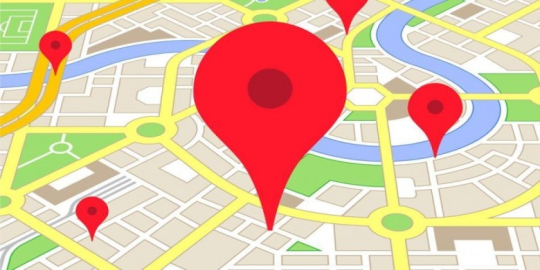
Google Maps has long stood as the go-to navigational aid for millions of drivers around the globe. With its user-friendly interface and accurate turn-by-turn directions, it's no wonder why it's so popular. A key component of this navigation titan is its Driving Mode, a feature designed to make driving a seamless, safer, and more enjoyable experience. However, recent findings suggest that we might be approaching a significant change in the way Google Maps operates. Leaks imply that the app's beloved Driving Mode could be on its way out.
The discovery of these changes came from an analysis of the Google app's code, where references to a shift from the current navigation system to a more voice-assistant-centric model were found. The specific code snippets indicate a future where Google Assistant will play a more integral role in navigation, handling functions such as calling, messaging, or playing media. While details are scarce, the implication is that drivers would interact mainly through voice commands using the Assistant rather than relying on the current Driving Mode visuals and controls.
Such a move has both potential benefits and drawbacks. On the one hand, voice-controlled navigation could streamline the driving experience, allowing drivers to keep their eyes on the road without the distraction of looking at a screen. It could also tap into the hands-free safety aspect, which is a growing concern in the age of distracted driving. On the other hand, drivers have become accustomed to the visual cues and simplicity that Driving Mode provides; its removal could lead to an adjustment period or frustration among users who are less comfortable with voice-command technology.
The discussion surrounding this potential change also brings to light broader questions about how technology should serve users in their daily activities. While tech companies like Google aim to innovate and push forward with new features, they must balance this with the practical and familiar user experiences that have won over their customer base. Finding a middle ground between the old and the new is essential for maintaining user satisfaction and ensuring safety on the roads.
Reflecting on the potential phasing out of Driving Mode in Google Maps in favor of Google Assistant-operated navigation, it's clear that the overarching goal is to enhance the driving experience through technology. However, this raises important considerations about user adaptation and the potential impact on the comfort and convenience many have come to expect from Google's services. As we approach the proposed February 2024 timeline, it will be interesting to see how Google navigates the balance between innovation and user preferences, especially when it comes to an app as quintessential as Google Maps. With any luck, the company will steer in a direction that not only enriches the driving experience but also retains the key features that drivers highly value.